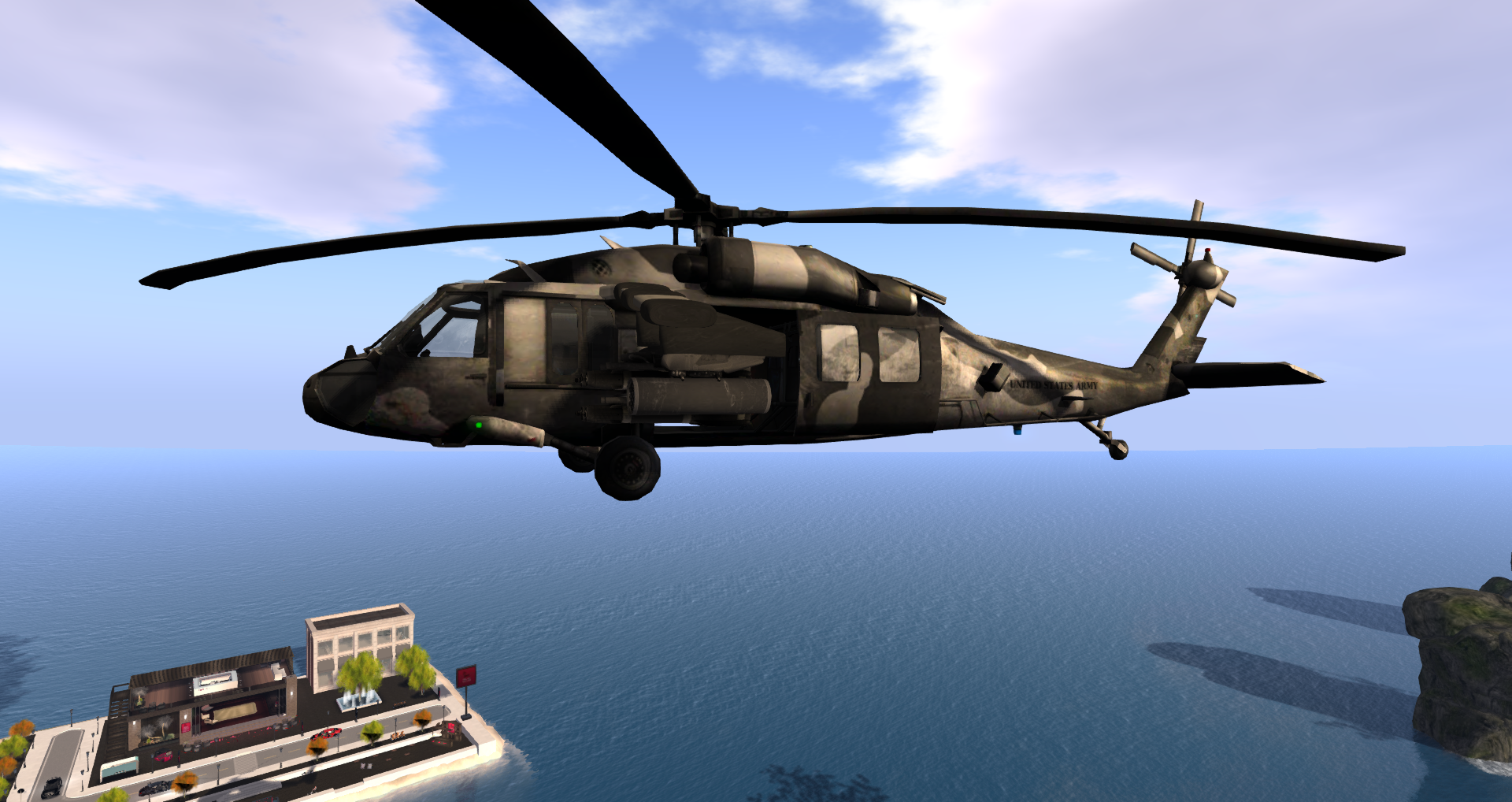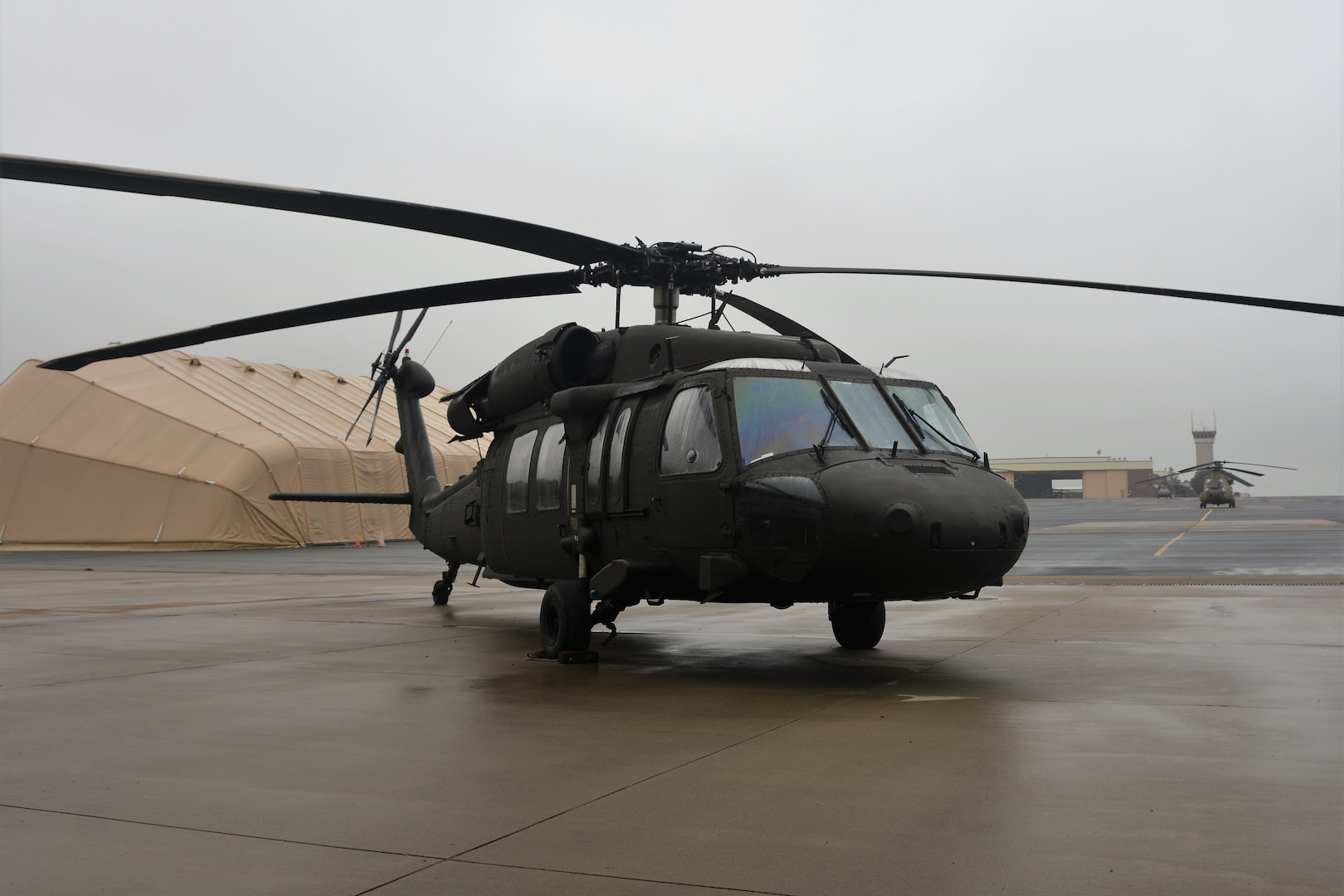The UH-60 Blackhawk and Its Influence On Modern War and Helicopter Design
Wiki Article
Comprehensive Introduction of the UH-60 Blackhawk Helicopter
The UH-60 Blackhawk helicopter, a hallmark of contemporary armed forces aeronautics, has played a crucial function in diverse functional movie theaters since its intro in the 1980s. As we explore its elaborate background, layout requirements, and technological advancements, it comes to be evident that the Blackhawk's influence prolongs far beyond the combat zone.History and Growth
The UH-60 Blackhawk helicopter has regularly been a foundation of united state army aeronautics because its intro in the late 1970s. Established by Sikorsky Airplane, the Blackhawk was designed to fulfill the Military's need for a flexible utility helicopter that might perform a series of objectives in various atmospheres. UH-60 Blackhawk. The growth process began in 1972, with the first model flying in 1974Its functional launching came throughout the 1980s, where it was rapidly identified for its capability, speed, and dexterity to transport troops and cargo efficiently. The Blackhawk's efficiency in the 1983 Grenada invasion and subsequent procedures solidified its credibility as a reliable workhorse for the U.S. Army. For many years, the helicopter has gone through countless upgrades and variants, adapting to progressing military requirements, consisting of the enhancement of sophisticated avionics and tool systems.

The Blackhawk's style has also evolved to offer numerous branches of the military and allied forces, showcasing its flexibility. Today, it stays an integral component of united state armed forces operations and proceeds to be a recommended option for rotary-wing air travel around the world, mirroring its enduring tradition and ongoing relevance in modern war.
Layout and Specs
Engineered for performance and flexibility, the UH-60 Blackhawk helicopter includes a robust design that boosts its operational capabilities. With a length of 64 feet and a blades diameter of 53 feet, the Blackhawk is made to fit a vast range of objectives.The helicopter is powered by 2 General Electric T700-GE-701C engines, each supplying 1,800 shaft horsepower, which guarantees high levels of dependability and performance in varied environments. The blades system is a four-blade, fully verbalized layout that permits excellent maneuverability and stability, even in unfavorable conditions.
Furthermore, the UH-60 incorporates sophisticated avionics and flight control systems that boost situational recognition and pilot control. The cabin is created for fast reconfiguration, permitting it to sustain numerous goal profiles, from army transport to medical discharge. Generally, the layout and specs of the UH-60 Blackhawk show a dedication to functional excellence and flexibility in the field.

Objectives and duties
With its robust layout and advanced capacities, the UH-60 Blackhawk helicopter serves a wide range of functions across various army operations. Initially developed for army transportation, the Blackhawk has actually evolved to do a wide variety of objectives, consisting of clinical discharge, search and rescue, and logistical support. Its convenience enables it to run in diverse atmospheres, from metropolitan landscapes to sturdy surfaces.In combat scenarios, the Blackhawk is essential for inserting and extracting unique operations pressures, offering them with the flexibility required to execute their missions efficiently. Furthermore, the helicopter can be equipped with sophisticated interaction and avionics systems, improving its role as a command and control system in dynamic battle circumstances.

Technological Developments
Integrating sophisticated technologies has dramatically enhanced the performance and capacities of the UH-60 Blackhawk helicopter. The incorporation of sophisticated avionics systems, consisting of digital trip control and boosted situational have a peek at this website awareness display screens, has boosted pilot navigating and decision-making in intricate environments. These systems enable real-time information handling, helping with far better communication and sychronisation throughout objectives.Additionally, the Blackhawk's airframe has actually undergone substantial upgrades, using composite products that decrease weight while enhancing structural honesty. This adjustment adds to improved gas efficiency and operational range. The helicopter is likewise equipped with advanced propulsion systems that give better power and integrity, making sure ideal efficiency in diverse problems.
Furthermore, the combination of modern-day sensors and tool systems has increased the Blackhawk's convenience. Enhanced targeting abilities and advanced threat discovery systems enable reliable interaction in battle situations, enhancing objective success prices.
Global Effect and Tradition
The UH-60 Blackhawk helicopter has actually made an extensive impact on humanitarian initiatives and military operations worldwide since its introduction in the late 1970s. Its adaptability and progressed technology have enabled it to serve in various functions, consisting of army transportation, medical evacuation, and logistical support (UH-60 Blackhawk). The helicopter's performance in combat situations has actually redefined aerial movement, enabling forces to respond swiftly and effectively to dynamic field of battle problemsAround The World, the Blackhawk has actually been released in countless problems, from the Persian Gulf to the Balkans, showcasing its flexibility to diverse environments. Its role in humanitarian goals, such as calamity alleviation and search-and-rescue procedures, has additional strengthened its track record as a reputable asset in crisis situations.
The tradition of the UH-60 prolongs past its armed forces applications; it has actually also influenced helicopter design and functional doctrine worldwide. Its success has motivated other countries to establish similar aircraft, boosting worldwide air travel requirements and operational abilities. As the Blackhawk remains to progress with contemporary upgrades, its influence on both civilian and armed forces air travel continues to be substantial, ensuring its location in background as one of the most legendary helicopters of its time.
Conclusion
The UH-60 Blackhawk helicopter stands as a testament to ingenious engineering and flexible armed forces application. Its design and abilities have considerably shaped contemporary aerial operations, boosting army wheelchair and operational efficiency. The continuous developments in technology remain to strengthen the Blackhawk's role in modern war and humanitarian initiatives. As an outcome, the Blackhawk has actually left an enduring mark on armed forces aviation, influencing future helicopter styles and redefining tactical methods around the world.The UH-60 Blackhawk helicopter, a hallmark of contemporary important source army air travel, has played an essential duty in varied operational cinemas considering that its intro in the 1980s - UH-60 Blackhawk.The UH-60 Blackhawk helicopter has actually consistently been a cornerstone of United state army air travel because its intro in the late 1970s.Engineered for performance and convenience, the UH-60 Blackhawk helicopter features a durable layout that blog here boosts its functional abilities.With its robust style and advanced abilities, the UH-60 Blackhawk helicopter serves a multitude of roles throughout numerous army procedures.The UH-60 Blackhawk helicopter has made an extensive influence on altruistic efforts and army procedures worldwide considering that its introduction in the late 1970s
Report this wiki page